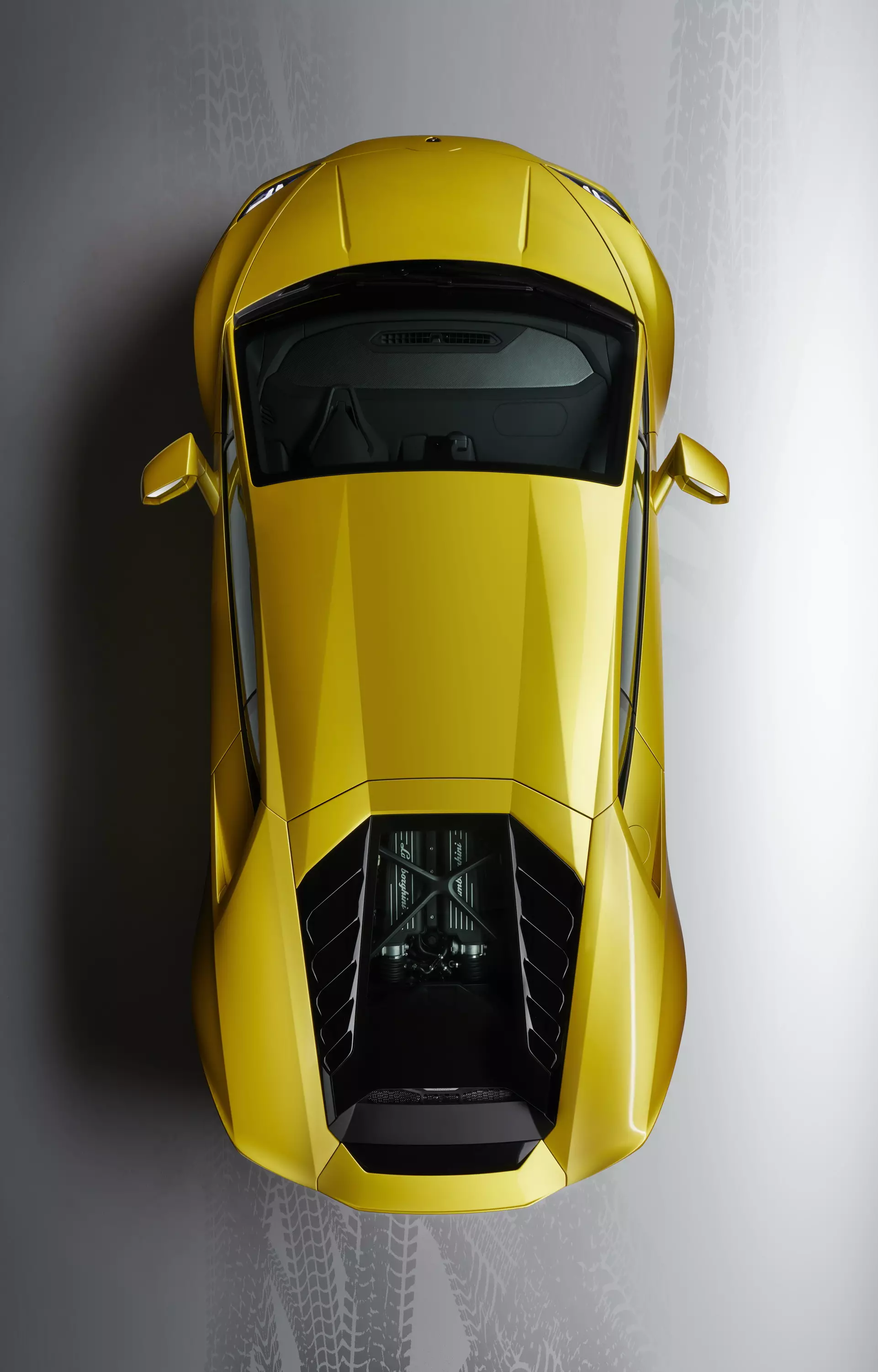As with its previous iteration, the Huracán LP 580-2, the new Lamborghini Huracán EVO RWD is the only two-wheel drive dealer for the Sant’Agata Bolognese brand on sale.
The new addition to the Huracán family may be the most affordable, but it's also the one that promises, according to Lamborghini, a purer driving experience.
With the loss of traction on the front axle, the new Huracán EVO RWD also loses a few kilos — 53 kg to be exact —, “accusing” on the scale 1389 kg (dry). With a substantial part of this lost mass happening over the front axle (weight distribution 40:60), an increase in responsiveness is to be expected.
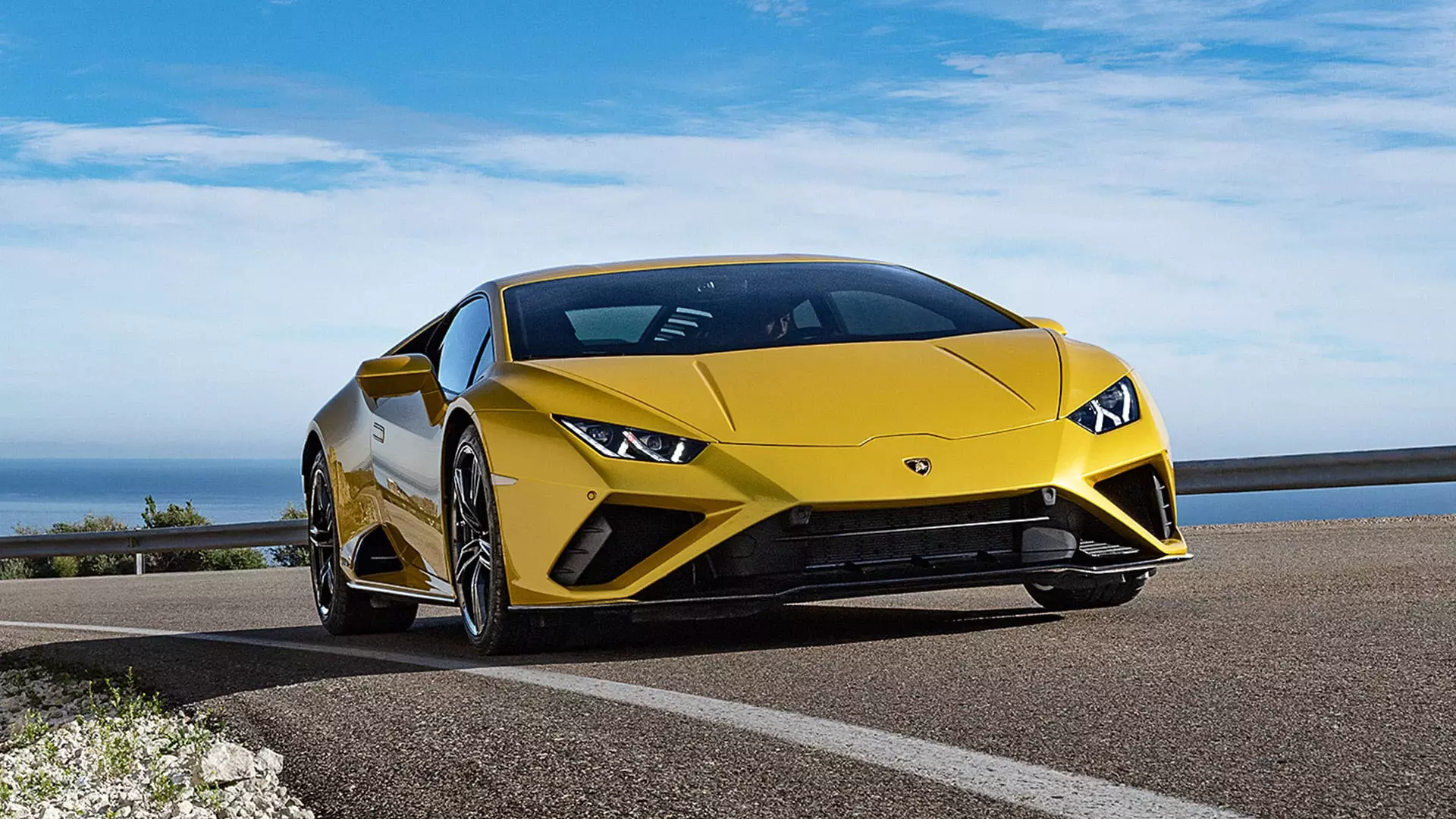
The differences to the other EVOs, however, are more extensive than the loss of the driving front axle. The Lamborghini Huracán EVO RWD receives a less powerful variant of the naturally aspirated 5.2 V10. Instead of the 640 hp and 600 Nm that we saw on EVO, the EVO RWD “stays” by 610 hp at 8000 rpm and 560 Nm at 6500 rpm.
Subscribe to our newsletter
It maintains the seven-speed dual-clutch gearbox and the truth is that, despite the loss of horses, it doesn't lack speed. Not only does it reach the same top speed of 325 km/h as other EVOs, it also dispatches 100 km/h in a meager 3.3s and 200 km/h in 9.3s — less than a 100 hp SUV takes reaching 100 km/h.
P-TCS… what?
Lamborghini highlights the calibration of the traction control system, Performance Traction Control System (P-TCS), specific to the Huracán EVO RWD.
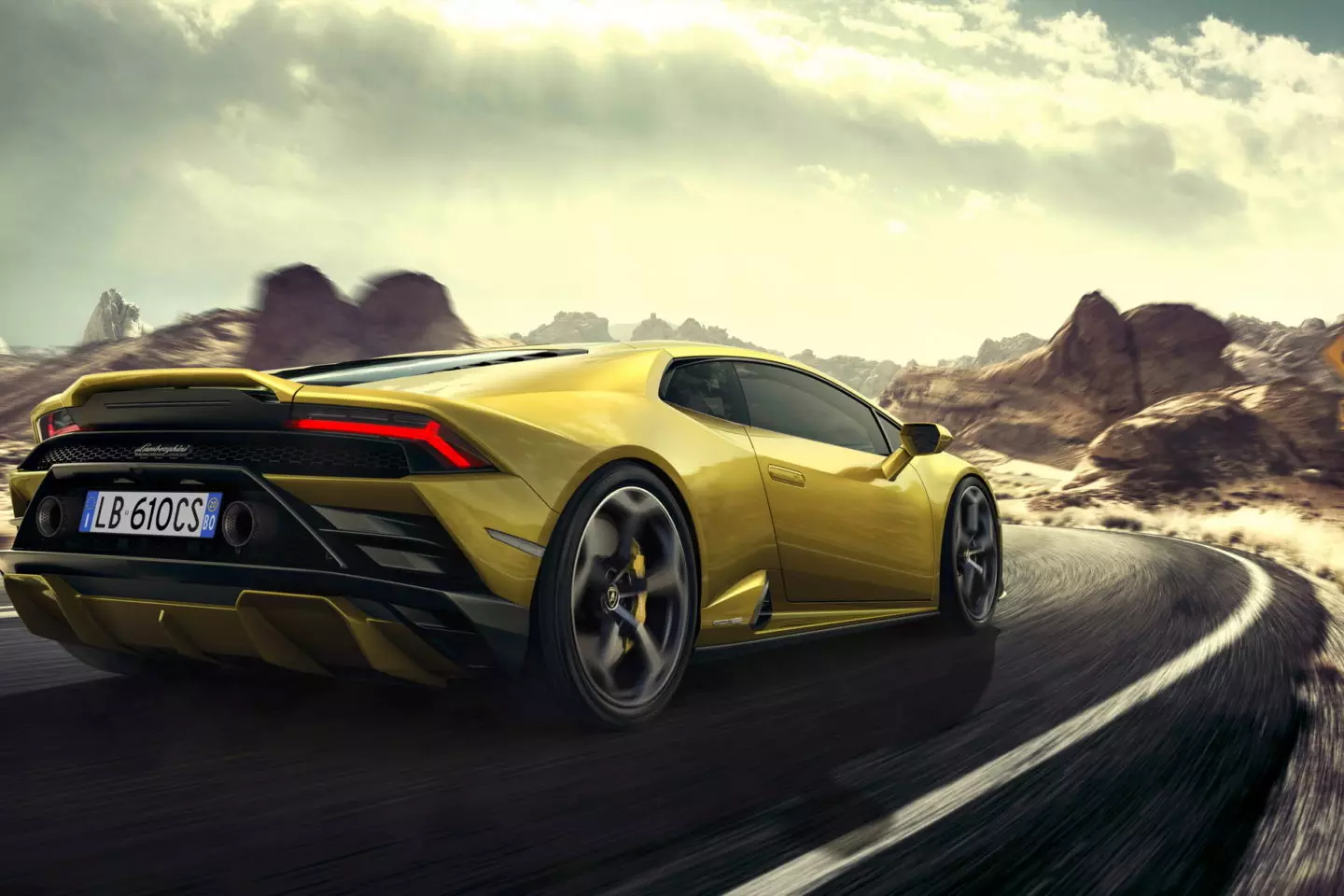
The difference to “normal” traction controls is that while these only allow the drive axle to receive torque after the car is back in a stable position, the P-TCS lets torque arrive earlier, even during the car realignment process. after a slip that requires your intervention. This, says Lamborghini, avoids the abrupt cut-off when sending torque, ensuring even better traction when exiting corners.
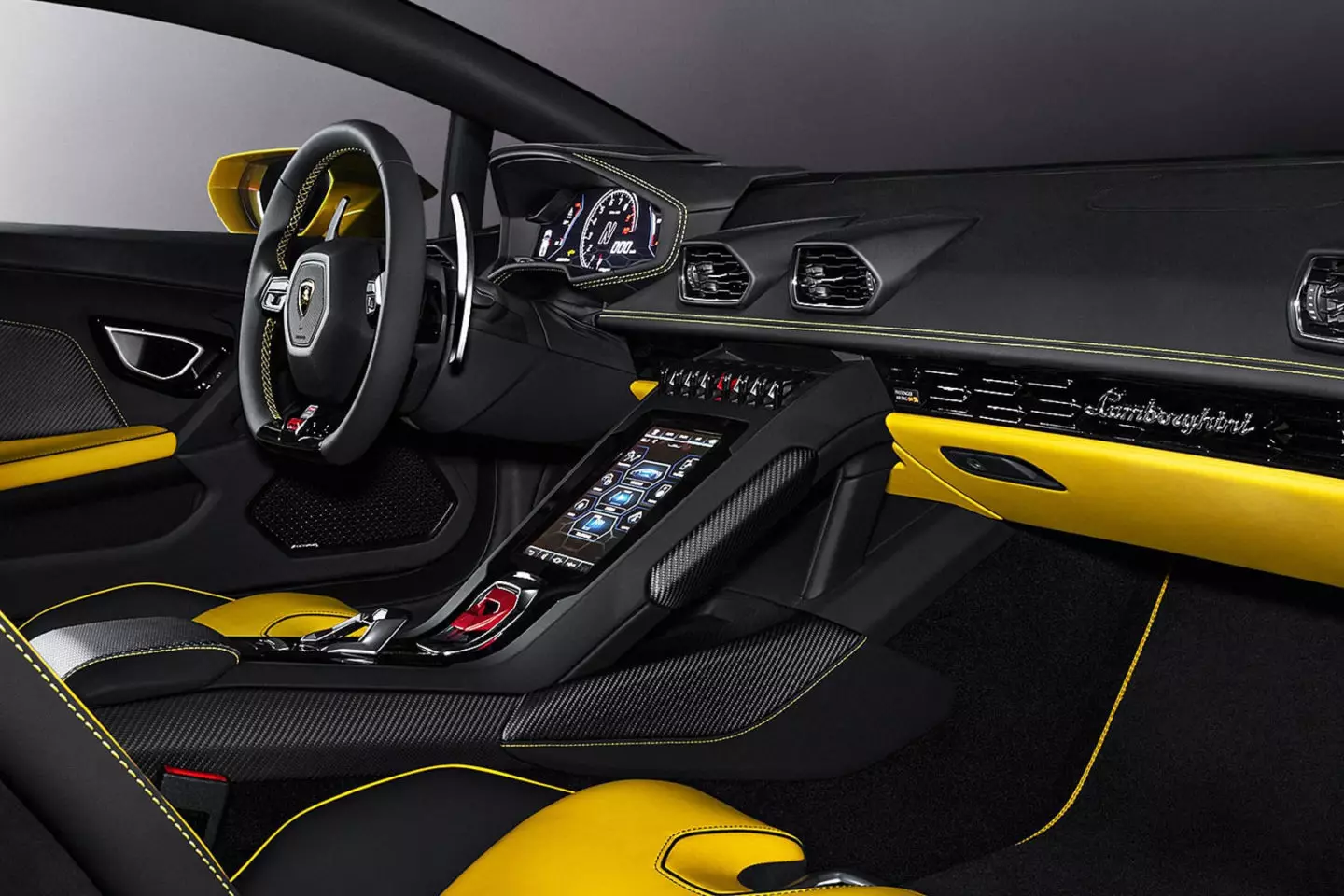
The intervention of the P-TCS is also calibrated in accordance with the various driving modes already known from the other Huracán: Strada, Sport and Corsa. In Sport and Corsa mode, it allows for some slipping of the rear wheels, “maximizing the fun of the driving experience”.
discover the differences
It is possible to distinguish the new Lamborghini Huracán EVO RWD from its four-wheel drive “brother”. It is at the front that the differences are concentrated, with this rear-wheel drive version receiving a new front bumper, as well as a new splitter, with air intakes of a specific design.
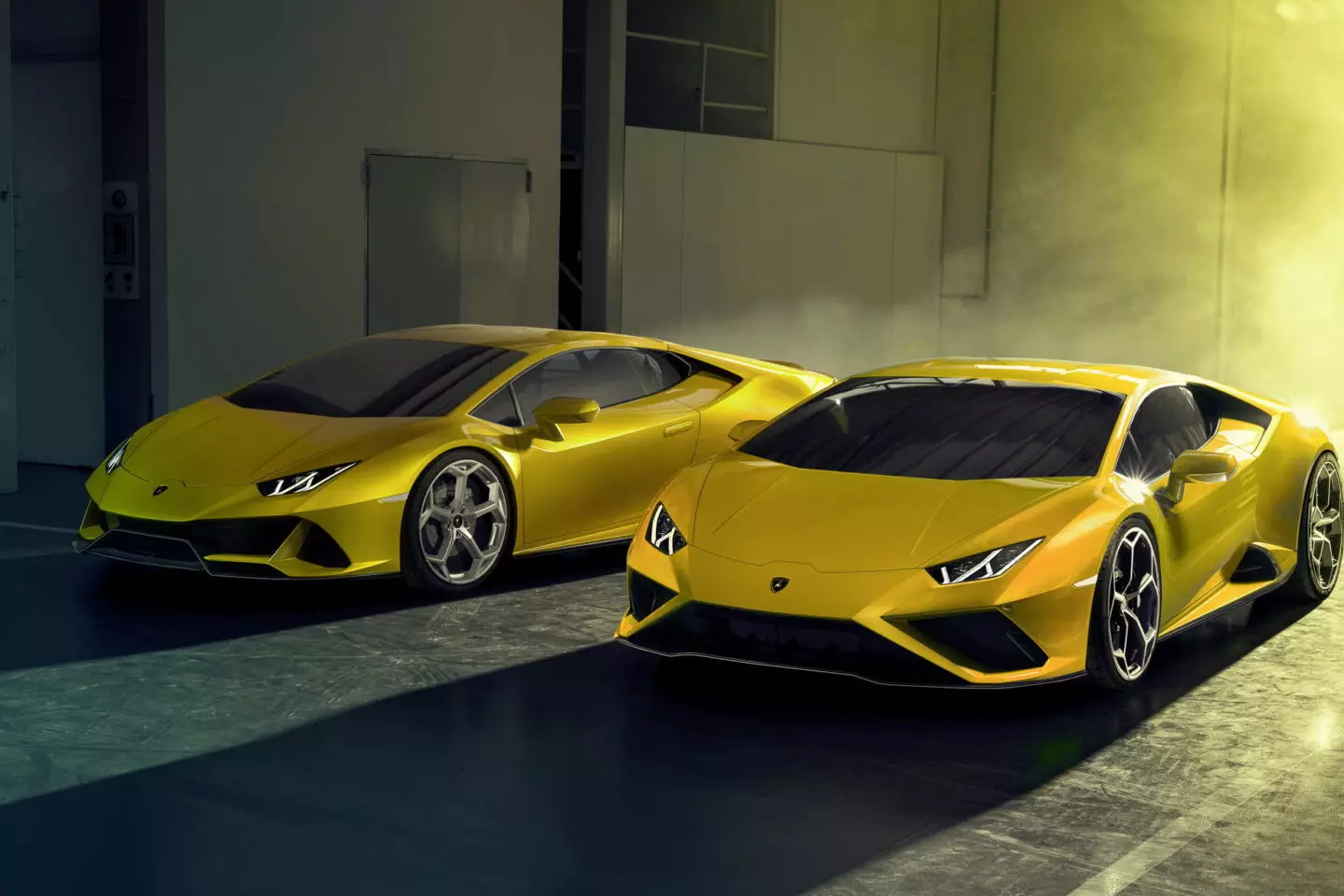
EVO and EVO RWD side by side
At the rear, more subtle, is the specific rear diffuser for the EVO RWD that sets it apart from the 4WD. The 19″ Kari wheels also stand out, surrounded by Pirelli P Zero tires with their own specification (245/35 ZR19 at the front and 305/35 ZR19 at the rear). 20″ wheels are available as an option.
How much does it cost?
The new Lamborghini Huracán EVO RWD is expected to reach the first customers during next spring, with the brand announcing a base price for Europe of 159,443 euros… without tax.
